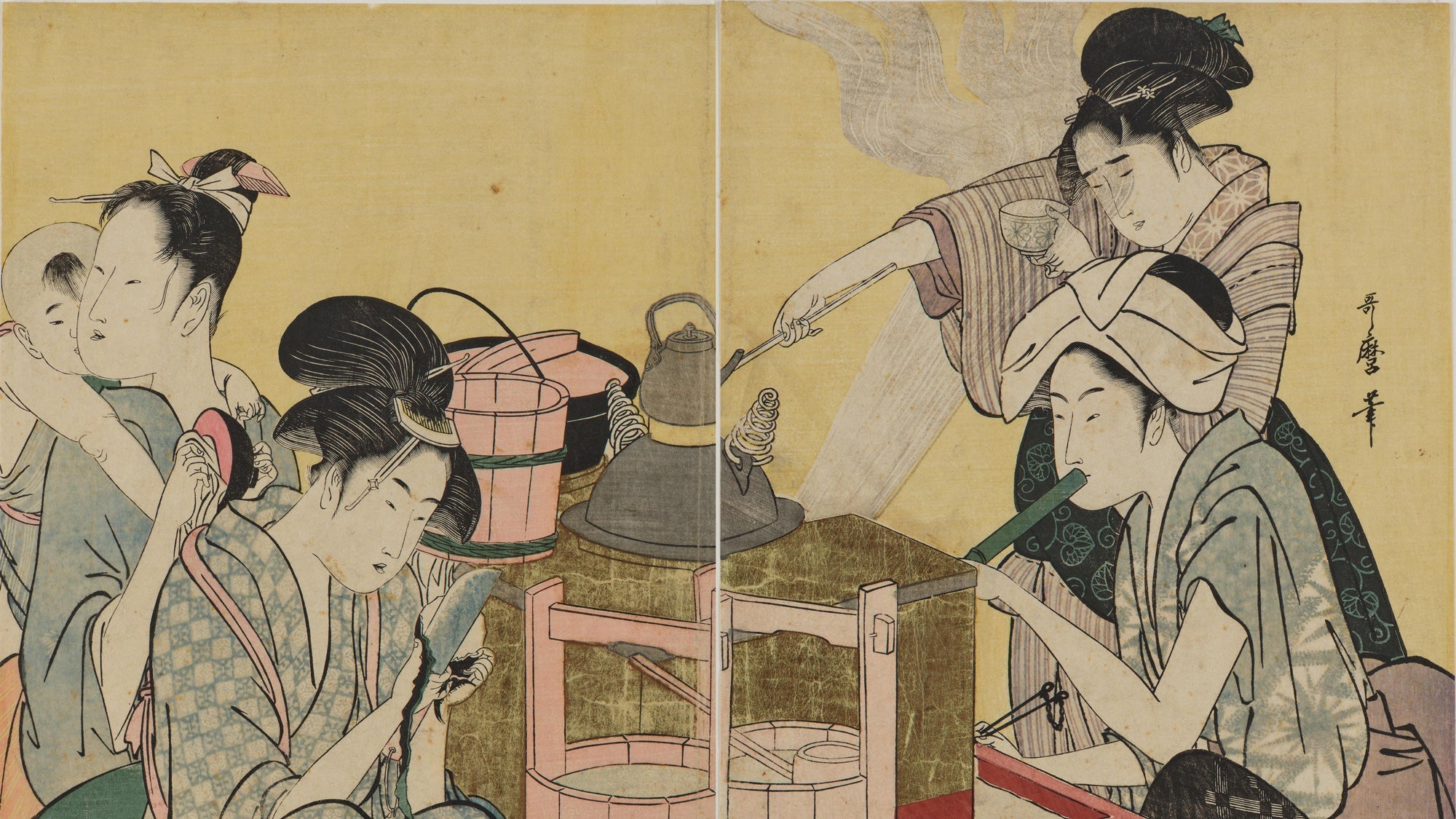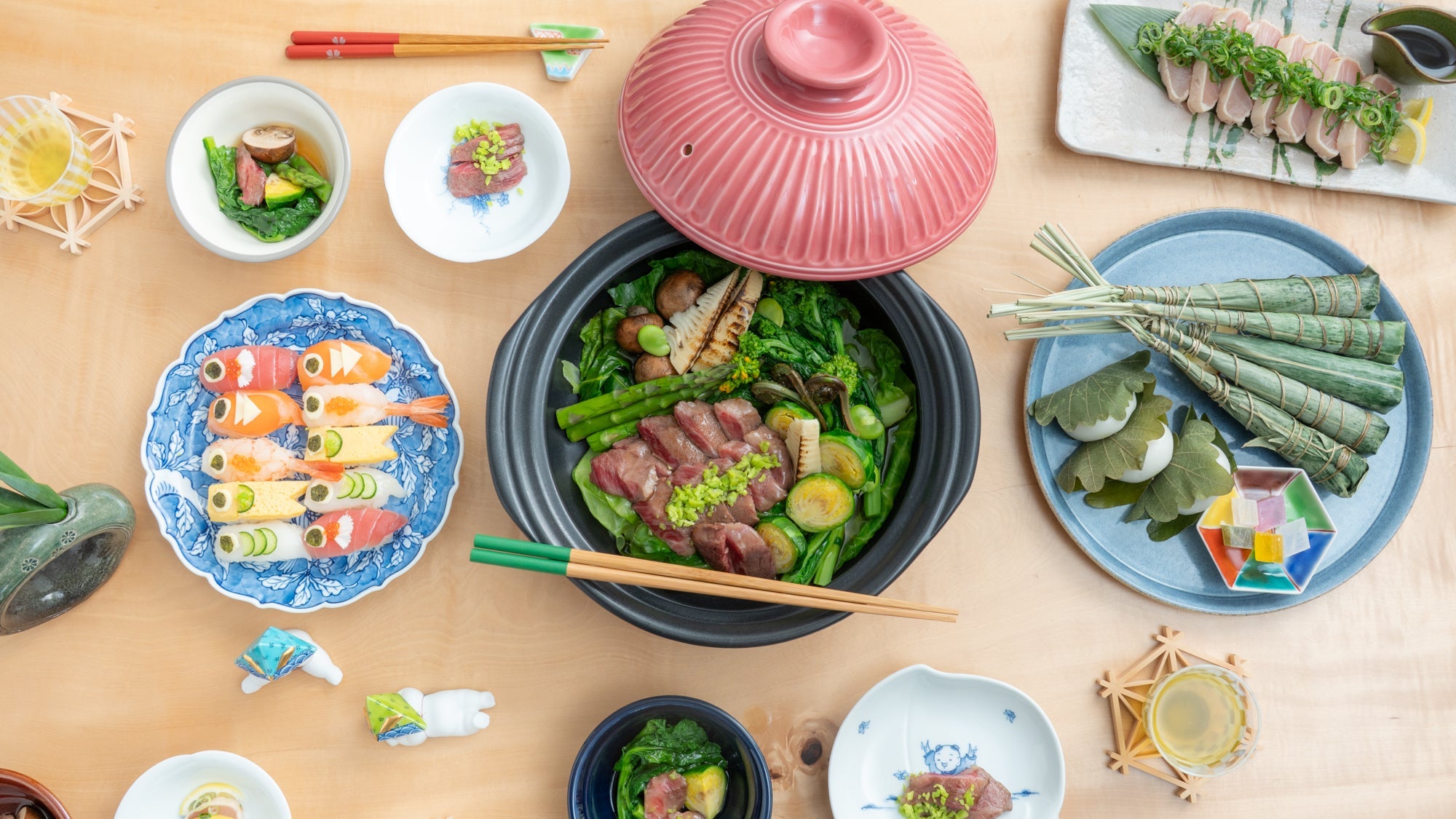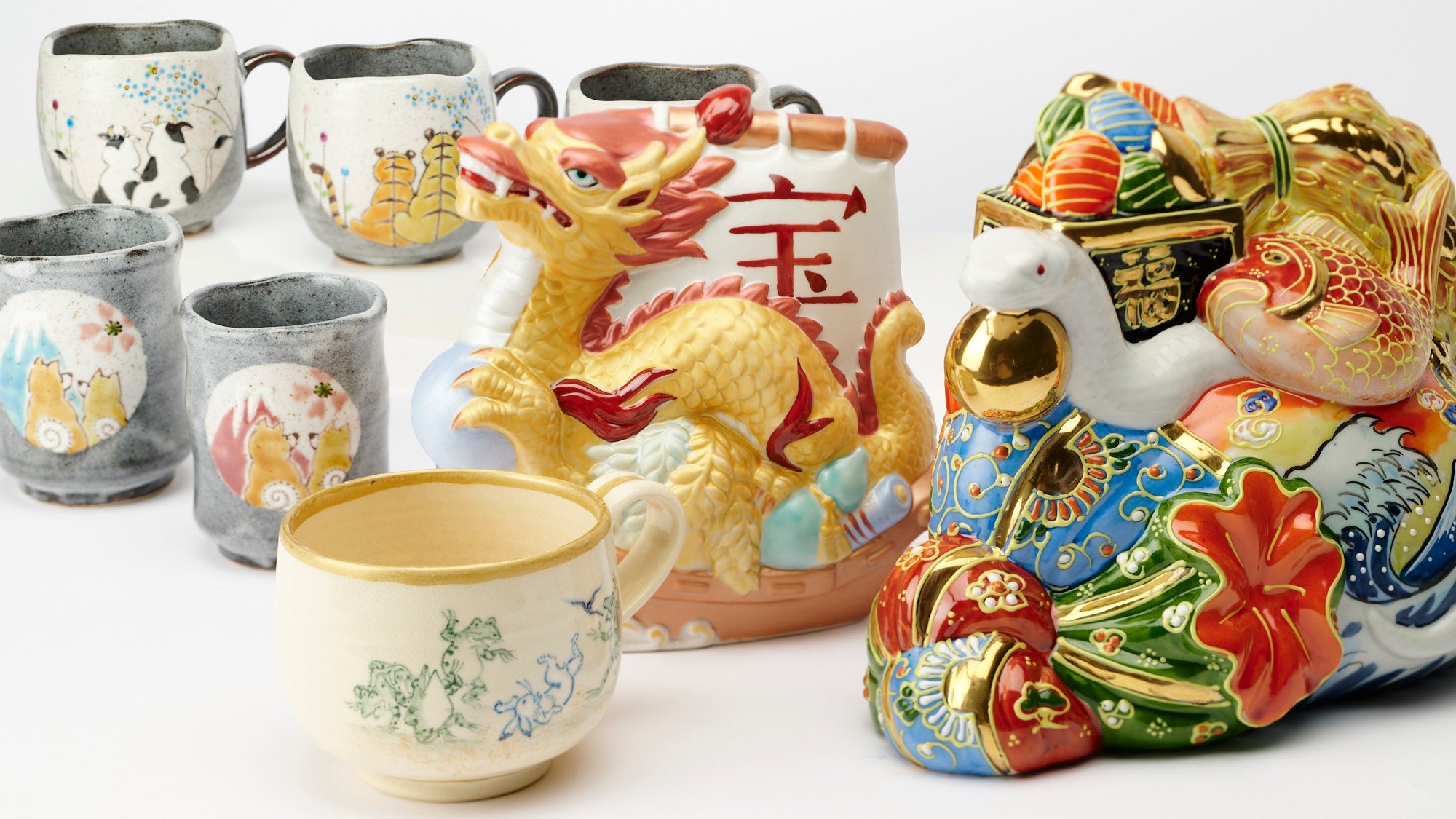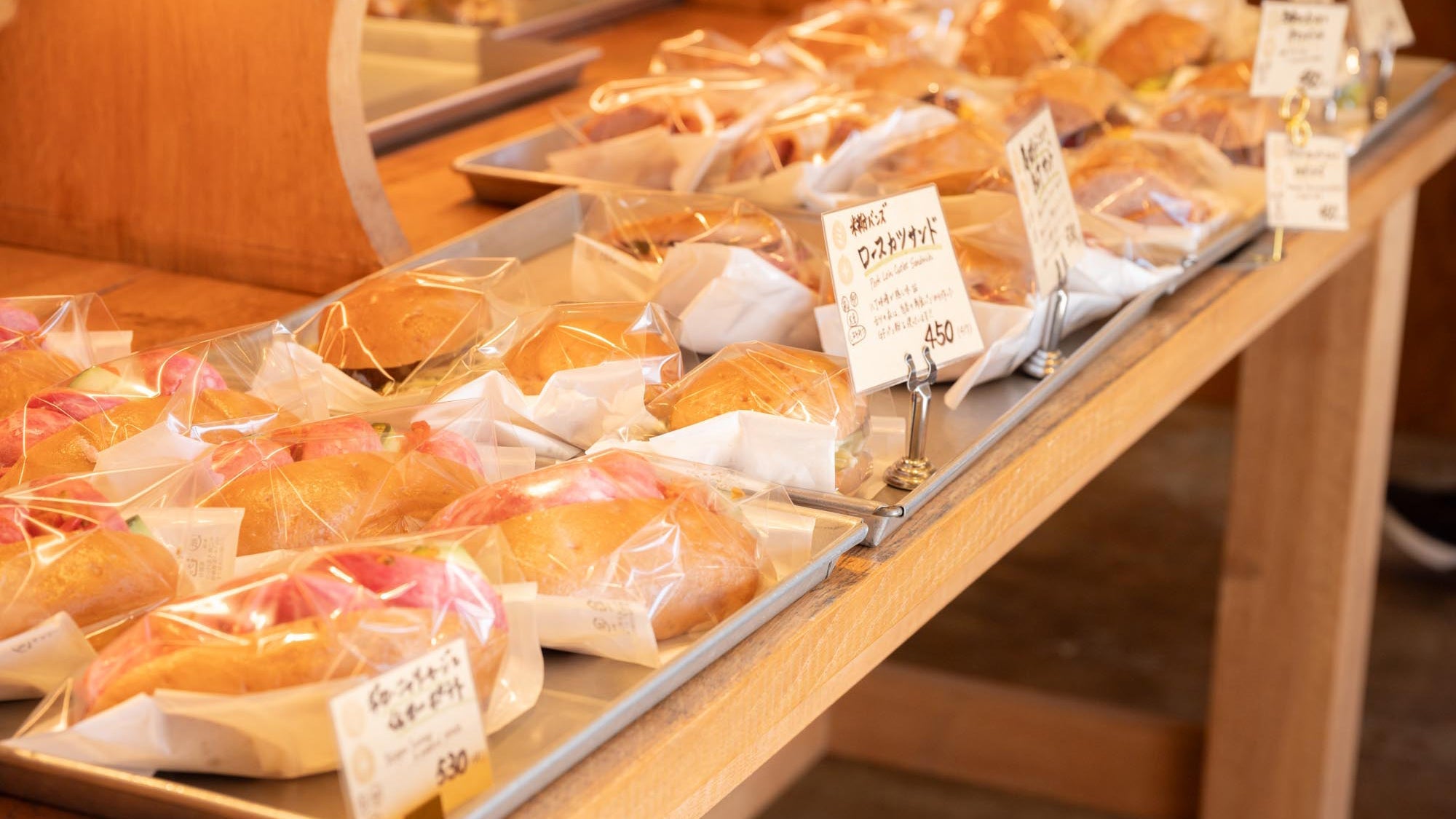
The Surprising History of the Japanese Kitchen
Written by Team MUSUBI
Gleaming faucets, programmable rice cookers, and compact fish grills—these are just some of the features you might find in a modern Japanese kitchen. But visit a Japanese history museum or look at old maki-e picture scrolls and you’ll see cooking in a whole new light. Why do we no longer cook while sitting? When did firepit-like structures within the house give way to wood and gas stoves? And what might that tell us about Japanese cooking today?
Table of contents
Shifts of Earth and Fire
The oldest known ceramic cooking pots in the world were discovered in China and Japan, and date to as many as 14,000–20,000 years old. Although the fundamentals of heat and water have remained the same, the way humans cook has evolved significantly. How did the earthenware pots of the ancients move from the outdoor firepit to the indoor kitchen?

Early Japan: Simple Hearths
Based on archaeological remnants, Paleolithic cooking in the Japanese archipelago appears to have taken place over simple outdoor hearths—shallow fire pits or arrangements of stones used to contain and control fire.
By the time Japan entered the Jomon period (14,000 BCE–1,000 BCE), some of these outdoor hearths had moved indoors. Although the Jomon people were largely hunter-gatherers, the food-rich environment of the Japanese archipelago meant they could stay in place for several years at a time, allowing them to form semi-permanent pit dwellings and create the earthenware pottery that gives this period its name.
Although many hearths remained outside, some dwellings during this time did contain indoor hearths, located at the center of a room.

The First Stoves
A significant technological innovation came around the fifth century CE, in the mid-Kofun period, when stoves, or kamado, were brought to Japan. Stoves are more thermally efficient than hearths, making cooking easier.
Kamado generally have a hole in the front for placing and lighting firewood. Pots could be placed on top of the structure for cooking rice, fish, and more. In early centuries, these stoves would have been shared by communities, placed near water sources like rivers or wells.

Improving Hearth Technology
Various kinds of hearths continued to be used throughout the centuries, but their design improved and became more complex over time.
Irori were a common type of hearth. Often square and located in the center of a traditional Japanese kitchen, depending on region, they often featured trivets to hold pots above the flames, or otherwise a moveable hook, so a kettle or pot could be placed on the hook and moved on and off the fire with ease. A chimney or hole in the roof would allow smoke to escape.

Bringing the Kitchen Indoors
Another major shift appears to have occurred during the Kamakura period (1185–1333 CE), when larger residences of the ruling and samurai classes began to incorporate indoor kitchens into their main residences. Previously, though these cooking areas might have been indoors, they were usually located in a completely separate wing or building. Over time, this spread to the lower classes as well. By the mid-1800s, the end of the Edo period, most homes contained a kitchen.
Edo Period Kitchens
Edo period (1603 CE–1868 CE) kitchens are perhaps representative of what we now think of as traditional Japanese kitchens. They featured both an earthen floor called a doma and a raised wooden floor.
The doma would be used to wash dirty vegetables or other unhygienic ingredients, with the cook sitting or squatting while working—not standing like in Western-style kitchens. The kamado would also be set in this area, close to the floor, and used to cook dishes like rice that would take a long time. Often, a kamidana (Shinto household altar) dedicated to the deity of the hearth was placed above the stove, to honor the flames and pray for protection from kitchen fires.Charms against fires can still be obtained today from certain Shinto shrines.

Edo period kitchens also contained an area with a raised wooden floor, which, although people walked on them, was kept relatively dirt-free and furnished with a sink. The sink was essentially a basin set close to the floor, and would be used while kneeling or squatting to wash ingredients. A large cistern next to the sink held water taken from a nearby well, river, or other water source. Alternatively, houses might contain their own well.
That raised wooden floor was also where ingredients were chopped. This, too, would be performed by kneeling or sitting, the cutting board placed directly on the floor. Once cut, the food would be taken back to the earthen doma to be cooked on the kamado. Because of this, those preparing food would continuously have to kneel down and stand up and kneel down again—a physically taxing way to work.


The wooden platform area of a kitchen generally led to a living and dining area, which was furnished in the center with a sunken irori hearth, around which a family could sit, stay warm, eat, and brew tea. The irori could also be used to cook dishes that took less time, such as grilled fish.
A Mixing of Western and Japanese Styles
The Edo period ended dramatically with the abrupt, forced re-opening of Japan to the world in 1853 and the start of the Meiji era (1868 CE–1912 CE), bringing with it rapid Westernization and modernization.
In addition to the sudden importation of Western ideas and technologies, the opening of borders also brought an influx of new infectious diseases like cholera and typhus. Preparing food on the floor no longer seemed sanitary. At the same time, the constant shift between crouching and standing came to be seen as inconvenient. And finally the old Edo period kitchens began to be seen as old-fashioned amidst the new era’s rapid social and economic change.

Middle-class homes—which, uniquely, didn’t contain their residents’ workplaces, unlike farming and even upper-class homes—were major targets of reforms. The Meiji era as well as the following Taisho era (1912–1926 CE) brought focused movements to improve living spaces. This even extended to newspaper-run competitions seeking the best new “rational” kitchen designs.
The result of these changes were counters for standing during all stages of the food preparation process, and the moving of the sink to be close to the stove. With Western ideas and technologies came other upgrades, such as coal and eventually gas-fired stoves, centralized waterworks that connected to pipes leading directly into the kitchen, and layout changes and glass windows to let in more light.
Post-War Pressures on the Kitchen
Those developments suited Japanese homes for the time, but everything changed again with the large-scale destruction brought by the Second World War. Post-war, Japan faced a shortage of 4.2 million homes, which meant residences had to be built immediately and quickly. Stainless steel, which could be quickly mass-produced and looked presentable, came into use for sinks and counters.
Urban space was also tight. Immediately post-war, new public housing allotted just 3.3 square meters (35.5 square feet) for kitchens, a major challenge. Various innovations followed, by necessity. The dining-kitchen was one of them. A compact combination of both dining area and cooking area, this marked a break from traditional Japanese kitchens where food preparation and living areas were kept separate. Dining-kitchens can be seen in Japanese homes and apartments today, marked on floor plans with the abbreviation “DK.”
Those same space challenges also brought layout changes. Pre-war, the common layout was a lining up of sink, counter, and stove. Post-war, this order was adjusted to put the sink in the middle, with counter space on one side and the stove on the other. The reasoning was that the person preparing food could stand in the same spot, in front of the sink, to wash ingredients, use the counter, and transfer food from the counter to the stove. This counter set-up is still sometimes seen today.
Modern Kitchens

Common in Japanese homes today are system kitchens: a counter, sink, and stove all built in together—and with that, we have essentially arrived at the standard, to modern eyes, kitchen set-up. Here also appear modern conveniences like a fridge, storage cabinets, and sometimes a dishwasher. Modern Japanese homes, compared to those of the post-war period, also saw a marked increase in size in the kitchen, allowing more space for multiple people to cook together, relax nearby in the dining area, and entertain guests.
The Stoves of Today

A modern Japanese stove has also come a long way from the kamado of the past. Fuelled by natural gas, propane, or electricity, a stove will consist of at least one burner (in a small, single-person apartment) up to several. Many stoves come with a compact grill underneath, similar to a broiler and perfect for quickly grilling fish, toast, or mochi. Updated kitchens often include Western-style ovens, too—but it depends on the newness of the building and the size of the apartment. For example, it’s very rare for single-person apartments in central Tokyo to include a built-in oven.
While many homes today have stoves built in, this is not always the case. The alternatives are portable IC cookers, electric cookers, and gas tables. Gas tables are a compact type of stove that can be placed atop a low counter and hooked up to gas hoses that lead into the kitchen. They usually have multiple stove burners and an interior grill.
Electric Appliances

And that takes us to modern electric appliances. The rice cooker, naturally, is near-ubiquitous. And microwaves aren’t just for reheating food—certain varieties also have functions that allow them to act as mini cooking ovens, or even toasters. And Japan continues to innovate convenient kitchen items year by year.
From ancient hearths, to the indoor floor-based kitchens of a couple centuries ago, to the gleaming modern chrome of today, Japanese kitchens—and the activity of cooking in them—have gone through multiple dramatic revolutions. What will Japanese kitchens look like another twenty, fifty, one hundred years from now? We can only imagine.










Leave a comment
This site is protected by hCaptcha and the hCaptcha Privacy Policy and Terms of Service apply.